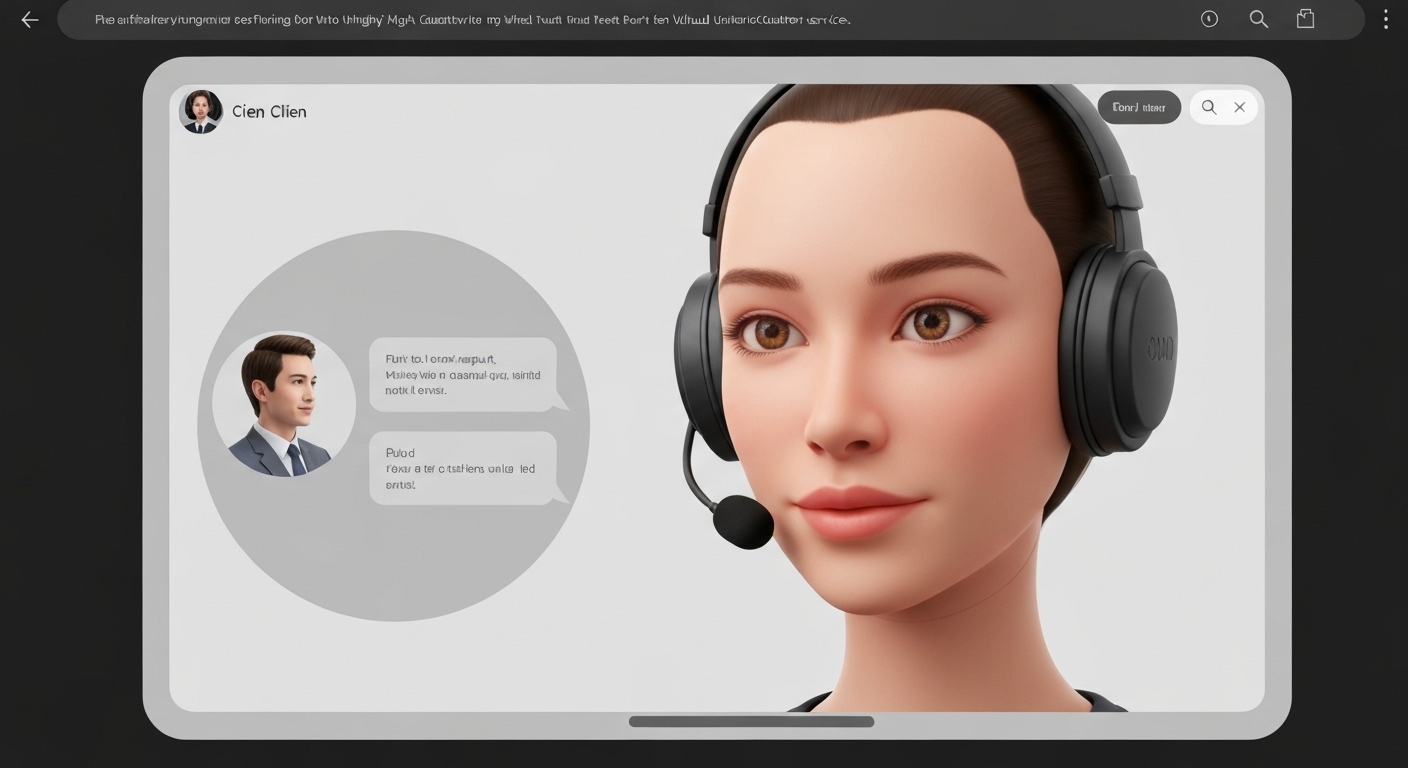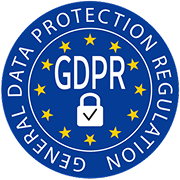Talent acquisition is more than just filling roles—it’s about shaping the future of your business. As organizations grow, the way they find, attract, and retain talent becomes a strategic priority. In a competitive job market, a modern and efficient talent acquisition strategy can be the difference between scaling successfully and falling behind.
From employer branding to candidate screening and onboarding, talent acquisition covers the entire journey of hiring. And with the rise of artificial intelligence and automation, it’s undergoing a major transformation.
What is Talent Acquisition?
Talent acquisition is the process of identifying, attracting, evaluating, and hiring top candidates to meet long-term business goals. Unlike short-term recruiting, which often focuses on immediate vacancies, talent acquisition looks at the bigger picture: building a sustainable, skilled workforce over time.
This includes:
- Workforce planning
- Employer branding and sourcing
- Screening and interviews
- Candidate relationship management
- Data analytics and recruitment metrics
Why Talent Acquisition Matters
1. It Drives Business Growth
Your team is your greatest asset. Without the right people in place, it’s difficult to innovate, scale, or compete in any industry.
2. It Improves Hiring Efficiency
A strong acquisition strategy helps you hire faster, reduce costs, and allocate resources where they matter most.
3. It Builds a Strong Employer Brand
Top candidates want to work for companies with a clear mission, values, and growth potential. Talent acquisition teams play a key role in delivering that message.
4. It Supports Diversity and Inclusion
Thoughtful, data-driven hiring helps reduce bias, reach underrepresented candidates, and build more inclusive teams.
The Role of Technology in Modern Talent Acquisition
Today, talent acquisition is powered by data and automation. Platforms like NTRVSTA help teams manage the top of the funnel more intelligently, screening candidates faster and more fairly.
Key capabilities include:
- AI-powered interviews to evaluate soft and technical skills
- Resume screening and scoring based on job fit
- Structured interviews for consistency and objectivity
- Soft skills assessments to evaluate traits like communication and leadership
- Integration with ATS platforms like Lever and Greenhouse
These tools not only speed up hiring but improve the quality of decision-making—helping recruiters focus on candidates who are truly aligned with the role and the company culture.
Talent Acquisition vs. Recruitment
Though often used interchangeably, recruitment typically refers to filling specific job openings, while talent acquisition is a broader, long-term strategy focused on building pipelines, forecasting future needs, and aligning talent with business goals.
Talent acquisition teams often collaborate closely with leadership, HR, and marketing to build a proactive, company-wide hiring approach.
Key Focus Areas for Talent Acquisition Teams
- Hiring at scale with automation and structured processes
- Improving recruiter efficiency through AI and workflows
- Enhancing candidate experience with on-demand interviews and flexible scheduling
- Strengthening diversity and inclusion at every stage of the funnel
- Measuring performance using data-driven KPIs and recruitment metrics
Conclusion
Talent acquisition is no longer just a function of HR—it’s a strategic engine that powers growth, culture, and innovation. With the help of advanced recruiting technologies like NTRVSTA, companies can attract better talent, shorten hiring timelines, and build a more inclusive, high-performing workforce. As the competition for top candidates intensifies, having a scalable and forward-thinking acquisition strategy is more important than ever.













